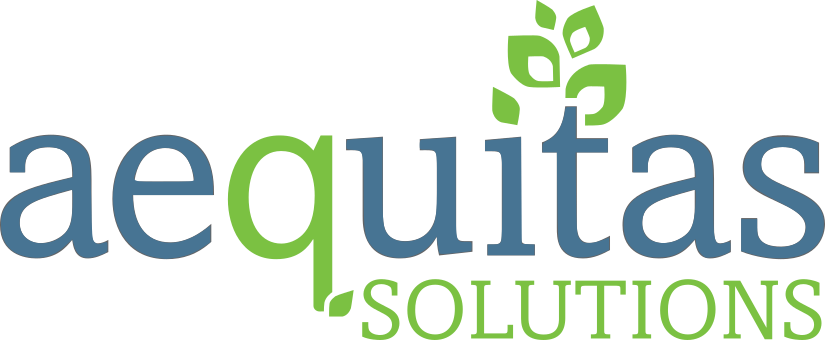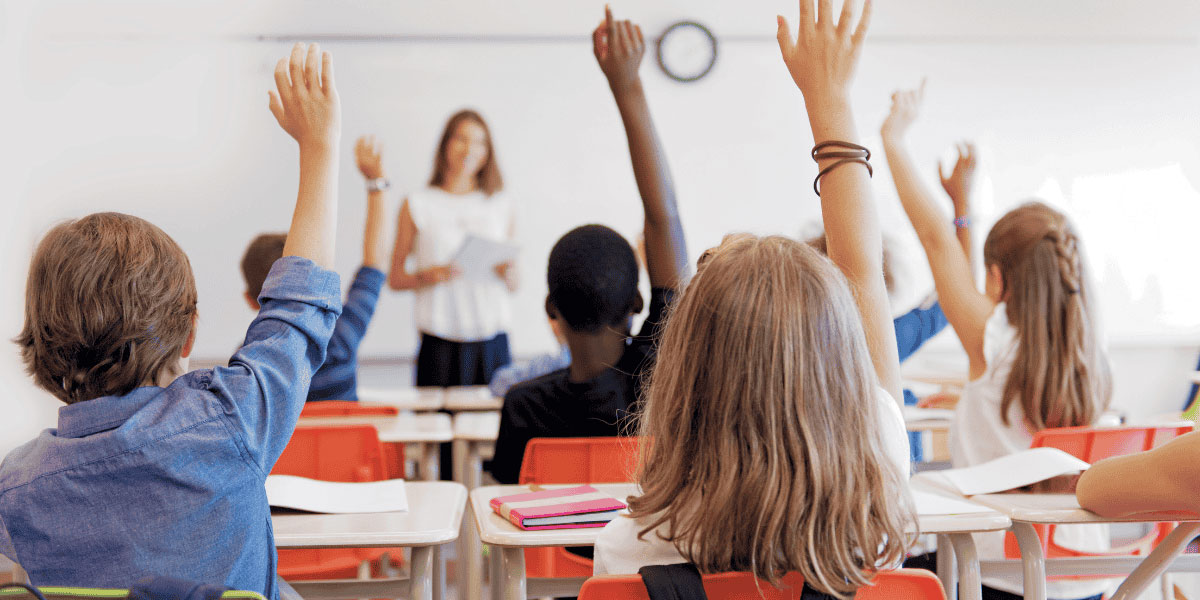Classrooms are filled with students who have different strengths, challenges, and learning styles. Some understand new concepts quickly, while others need more time or alternative approaches. To support all learners, many educators use strategies like differentiated learning and personalized learning.
Choosing the right approach depends on factors like classroom size, student independence, and available resources. Some teachers find that differentiation works well for maintaining consistency while addressing individual needs, while others see benefits in allowing students to take a more active role in shaping their education.
Both approaches help tailor instruction to meet individual student needs, but they work in distinct ways. Knowing the difference between them—and when to use each—can help teachers create more effective learning experiences.
What Is Differentiated Learning?
Differentiated learning is a teacher-driven approach that adjusts instruction based on students’ readiness levels, learning styles, and interests. Instead of expecting all students to learn the same content in the same way, differentiation allows educators to modify how students access information and demonstrate understanding while keeping the core learning objectives the same. This approach ensures that every student has access to grade-level content in a way that meets their individual needs.
One of the defining characteristics of differentiated learning is that the teacher plays a central role in adjusting instruction. Educators modify instruction by grouping students strategically or varying assignments to make sure all learners can engage with the material. Differentiation also allows the same learning objectives to be met through different methods. For example, while one student might write an essay to show comprehension, another might create a visual presentation.
In a differentiated classroom, grouping is flexible. Students might work in small groups based on skill level for certain activities but be placed in mixed-ability groups for others. Teachers also use various instructional strategies, like visual aids, hands-on activities, guided practice, and independent learning, to meet students where they are.
Example of Differentiated Learning
In a fourth-grade classroom, the teacher notices that students have different levels of understanding. Instead of assigning the same task to everyone, they:
- Provide simplified texts and guided reading for students who need extra support.
- Offer independent reading and discussion questions for on-level learners.
- Assign deeper analysis or creative writing projects for advanced students.
This way, all students engage with the same concept but at a level that challenges them appropriately.
What Is Personalized Learning?
Personalized learning shifts the focus from teacher-led instruction to student-driven learning. Instead of the teacher adjusting lessons for the student, the student takes an active role in shaping their own learning experience. Personalized learning prioritizes student agency and gives them a say in their goals, pacing, and the methods they use to gain new skills.
One of the biggest differences between personalized and differentiated learning is the level of customization. While differentiation allows for adjustments within a set curriculum, personalized learning provides an individualized learning path for each student. This often includes flexible pacing, allowing students to move through content at their speed, revisiting material as needed, or advancing when they’re ready.
Technology often plays a central role in personalized learning, but it doesn’t always require technology. Educators can implement personalized learning through goal-setting exercises, mentorship, and project-based learning.
Example of Personalized Learning
In a middle school math class using personalized learning, students:
- Set personal goals for mastering fractions.
- Choose between video tutorials, interactive exercises, or teacher-led workshops to learn the material.
- Take assessments when they feel ready instead of on a set schedule.
With this model, students are in control of their learning path while the teacher acts as a guide to ensure they stay on track.
Key Differences Between Differentiated and Personalized Learning
While both approaches focus on meeting individual student needs, they differ in who drives the learning and how instruction is tailored.
How to Determine Which Approach Is Best
Every classroom is unique, and the decision to use differentiated or personalized learning depends on multiple factors. Here are three key considerations to help educators decide between the two options.
1. Consider Your Classroom Structure
The structure of your classroom plays a significant role in determining which approach will work best. Differentiated learning is particularly effective in traditional classroom settings where teachers need to manage large groups while ensuring all students meet curriculum goals. It allows educators to tailor instruction without fundamentally altering the lesson plan.
On the other hand, personalized learning works best in classrooms where students have the freedom and resources to explore learning independently. If students can work at their own pace and choose from different learning pathways, a personalized model can help them take ownership of their education.
2. Assess Student Readiness for Independence
Not all students are ready for the self-directed nature of personalized learning. Differentiated learning provides a strong foundation for students who need structured support while allowing flexibility in how content is delivered. This makes it a great option for younger students or those who struggle with independent learning.
In contrast, personalized learning is ideal for students who are motivated, goal-oriented, and capable of managing their own learning. It fosters independence and critical thinking but requires students to take responsibility for their progress.
3. Leverage the Right Tools for Support
The success of both differentiated and personalized learning often depends on the tools available. Differentiation relies on teacher-driven strategies such as small group instruction, varied assignments, and scaffolding techniques. It doesn’t require advanced technology, though tools like learning management systems (LMS) can enhance efficiency.
Personalized learning, however, is often powered by technology. Adaptive learning platforms, digital assessments, and student data tracking tools help tailor instruction in real-time. Schools looking to implement personalized learning should ensure they have the necessary digital infrastructure and professional development to support educators.
Blending Differentiated and Personalized Learning for Maximum Impact
The best approach isn’t always one or the other—it’s often a combination. Many educators successfully blend differentiation and personalization to create an inclusive, student-centered learning environment.
For example, a teacher might use differentiated learning during whole-class instruction to ensure all students grasp key concepts. Then, they might transition to personalized learning by allowing students to work through follow-up activities at their own pace.
By integrating elements of both, educators can provide structured support while giving students opportunities for independence.
Supporting Student Success with the Right Tools
Whether you choose differentiated learning, personalized learning, or a blend of both, the key is having the right tools to support your strategy. A powerful Student Information System (SIS) can help by:
- Providing real-time data on student progress to inform differentiated instruction.
- Integrating with adaptive learning platforms for personalized experiences.
- Streamlining communication between teachers, students, and families to support learning at all levels.
Our SIS, Q, is designed to help educators make informed decisions that improve student outcomes. If you’re looking for a system that empowers educators with the data they need, we’re here to help. Contact us to schedule a demo.


